Reigning Raina - U.S.A
- Care4ASH1L

- Sep 1, 2022
- 8 min read
Raina is our first-born child. Her name is Spanish for “Queen.” When I was pregnant with her, I was considered high risk because of my age, 37. I also had gestational diabetes. Raina was born at 35 weeks after my water suddenly broke. She was 5lbs and spent a few hours in NICU but otherwise deemed healthy to go home 2 days later. We saw the pediatrician shortly after and found out she had jaundice. She was treated with phototherapy (light) for about week and got better. As Raina was our first child, we weren’t sure what was normal and not normal.
When Raina was 2, we noticed she would easily get frustrated and would hit her head against the headboard often or throw her head back. We didn’t really think anything of it and figured it was just temper tantrums. But as she started getting closer to 3, we noticed speech issues. She would not pronounce the first part of words – shadow was “dow” and milk was “ilk” and she found it hard to speak in a simple sentence, often using a word or two. We mentioned to her pediatrician but he felt she just needed time. We eventually decided to have her tested through ECI, Early Child Intervention Services. They determined that she had Receptive and Expressive Language delays, something that she continues to maintain today. We got her into the PPCD program, Preschool Program for Children with Disabilities. It was around this time that we also noticed that Raina had an enlarged lymph node in her neck. It didn’t bother her but it seemed larger than normal and the ENT doctor agreed. We had the lump cut out and biopsied. But it came back benign and nothing unusual.
After 2 years in the PPCD program and because she was soon turning 5, the school recommended her for Kindergarten but we knew she wasn’t ready. Even with an IEP in place, she struggled. We decided to have her repeat Kindergarten. She continued to struggle through Elementary, she had speech therapy at school and also privately. She had physical therapy to address hypotonia and occupational therapy for dysgraphia. We also noticed sensory issues. She would constantly chew up the collar of her shirts and tear into the fabric or leave them soaking wet. She loved the feeling of tight clothing and still finds comfort in it. She also hates loud sounds and often gets startled when someone bangs their hand on a table or yells loud. She gets upset and sometimes brings her to tears. Another thing we often noticed was her struggle with remembering things. She had difficulties with her short-term memory. This made remembering the alphabet and counting numbers to 100 very challenging. Even remembering a 3-digit number was impossible. We did find that repetition was key and if she used this strategy and it made it into her long-term memory, she was good. The memory issues make learning math concepts and mathematical computations or steps in calculations a monumental feat. We will teach her how to work a problem and will do fine for the next one but then 10 minutes later, it is as if she never learned how to do it. It is all new and we go through the same steps again, over and over but never seeing her make the connection. This also carries over into reading comprehension. She will read short stories or packages but when asked a question about the story, she will an answer that isn’t always related to the story. So reading directions for assignments, homework or even for fun is just not possible.
We also had to have her hearing tested often. We were told that she scored low on hearing sounds in the low frequency such as when a person or teacher is speaking. We thought maybe this was what was causing her problems and also possibly led to auditory processing disorder. The ENT also suggested that we add ear tubes to help drain some of the fluid in her ears. We had those added and in the same surgery, she got her tonsils and adenoids removed as we were told they were enlarged. We thought this may have led to disrupted sleep which maybe led to lack of focus and why she struggled in school and was demonstrating cognitive delays. But removing them didn’t help. We also did sleep studies but nothing abnormal was found. We had neuropsychological testing done which confirmed that she had cognitive delays. We even tried ABA therapy to help with her constant frustration and aggressive behavior. There were a few times that she punched holes in the walls of our house. Sometimes I saw her eyes roll up when angry. I mentioned this to her Neurologist but because she didn’t lose consciousness, she didn’t feel a need to do an EEG. We tried everything but still could not understand why Raina struggled.
At age 7, we did an MRI of her brain and all looked normal. Shortly before she turned 9, I asked the Neurologist to do an EEG. She didn’t feel it was necessarily but said she would request it because we asked. That is when we found out that she had Absence Seizures. She was treated with Ethosuximide which seemed to help suppress the seizures but she continued to have spikes/discharges which resulted in abnormal EEGs. It often made me wonder if the cognitive delays could have been mitigated or reduced had she been diagnosed sooner with seizures and started on meds. When she was 8, we had a genetic test (CMA) done which came back that she had a microdeletion in 1q42. We sought genetics counseling and they said that this was very small, like a sentence deleted from a page within a chapter of a book. Also, there were no known conditions associated with this gene deletion.
We then switched to an Epileptologist (Neurologist) that specialized in Epilepsy. We started to notice that Raina was beginning to have a stutter. She would speak very fast and then she would have to repeat a phrase many times. I asked her if she was aware and she said that she knew it was happening. Some kids at school were even teasing her about it and asked why she talked that way. The speech therapists have been helpful in providing strategies to help her slow down and speak more smoothly. But I can only imagine how frustrating and hard it is for her to have this happening and have no control over it and have everything else going on. We also noticed that Raina does a lot of talking in her sleep but she never stutters. We asked the Neurologist about this and he didn’t seem to think that stutters were seizures. He was hopeful that it would be something she would eventually grow out of. To be sure we weren’t missing anything, the doctor asked to do more bloodwork and do a spinal tap to see if Raina had GLUT1 deficiency. We also did another brain MRI. Everything came back normal.
Then we started seeing a child psychiatrist because Raina appeared to have anxiety, was irritable, moody and emotional. She started to become very self-aware of her differences from her peers and became stressed with school. She has even asked why she has problems and the other kids don’t. We began seeing that it was difficult for her to keep up with her classmates and grade level schoolwork (8th grade). We were told that she was performing at a 4th grade level. Special education classes were starting to become the norm. Then Covid lockdown hit and remote schoolwork on a Chromebook was the worst thing for a child with an intellectual disability. We made it work and did what we had to do but it was stressful for everyone involved. During this time her neurologist switched her seizure med to Lamotrigine and this seemed to help reduce the spikes/discharges. She still had abnormal EEGs but there were noticeable improvements and the discharges were less than 1 second. We also tried to increase her focus and attention by experimenting with Ritalin and Adderall, but these meds ended up causing disruptive facial tics in the mouth area and didn’t provide a significant lift to her attention so we discontinued them.
This past April, we started planning her classes for high school and reality started to sink in. Rather than prepare our daughter for college, we needed to shift our focus to teaching life skills and ensuring that Raina had what was needed to survive once we were no longer around. A college or a university doesn’t seem like a reasonable expectation now. However, we still hope that she will be able to attend a technical school or a vocational school. So, with this new reality in front of us, I asked our Neurologist if there was a more extensive genetic test that we could do that would possibly yield us answers once and for all just to help me have peace of mind that we tried everything within our means to help our girl. I wanted to make sure that we exhausted all our options. That’s when our doctor recommended whole exome sequencing through Invitae. And this is when we found out that Raina had an abnormality with ASH1L. To be exact, the report says that her sequence change creates a premature translational stop signal in the ASH1L gene.
Although now I feel like this is just the beginning, I feel comfort in knowing that we have a diagnosis that is consistent with the challenges that Raina has been experiencing. There are so many questions and lots of research to be done. I have so much to learn about ASH1L and how we best prepare our daughter for the future. I’m sure we are going to want to pursue testing me, my husband and my son so we can determine if this is de novo. I feel that it is also important to mention that her brother was clinically diagnosed with Neurofibromatosis 1. He has optic nerve gliomas, freckling and café au lait spots. He had genetic testing done 11 years ago but it was negative for an NF mutation. We also had a pregnancy with Trisomy 18. We feel that there is a strong possibility that our age played a big part in the genetic issues with our children. But we will see what the tests say and take it one day at a time.
Raina is such a sweet girl and just turned 15 at the end of August. Her teachers always praise her for working hard and doing what is asked. She has a few friends that she keeps in touch with but social etiquette can sometimes be challenging. She has a great sense of style, always coordinating her own clothing and making sure they match. She loves to sing and dance especially doing Just Dance on Xbox. She recently picked up drawing on her iPad and loves working with PicsArt and IBIS Paint. But her big time love is Roblox. If I left it up to her, she would be playing it 24x7. She loves sushi rolls and will try everything at least once, maybe it is her impulsivity but I love that she doesn’t let fear hold her back. Raina also has a keen eye for detail. She can spot a defect or something that doesn’t belong in a matter of seconds. Raina is an amazing young lady with a tenacious attitude. I’m confident that she will not let this ASH1L condition define her. She has our support and we will make sure to help her every step of the way.
Areas of Concern that we have noticed with our ASH1L Warrior:
⦁ #Epilepsy/#AbsenceSeizures
⦁ #Expressive/#ReceptiveLanguageDisorder
⦁ #Impulsivity/#Anxiety/#ADHD
⦁ #Emotional and can be easily angered
⦁ Sometimes #ObsessesoverInterests








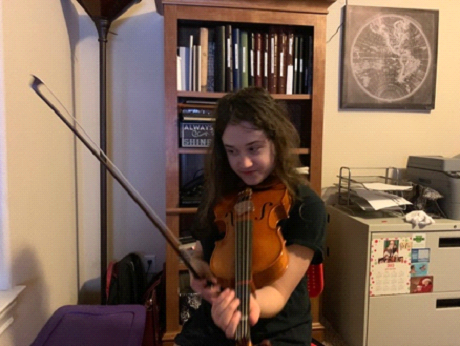

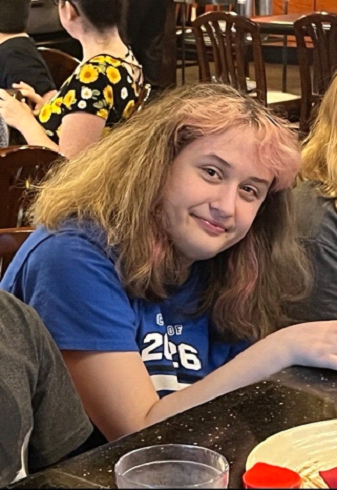

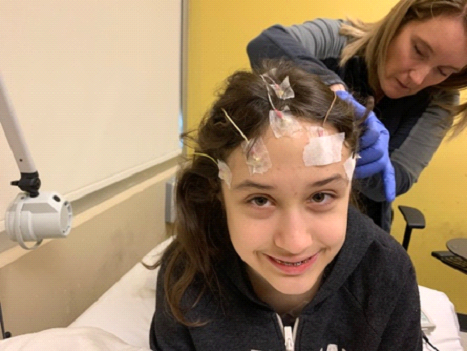



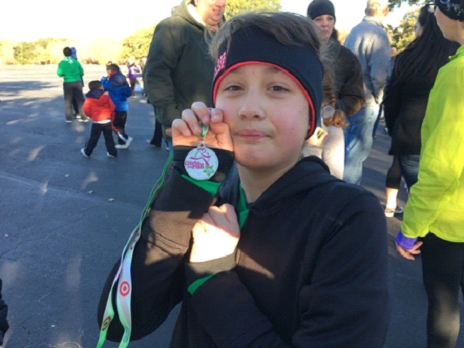

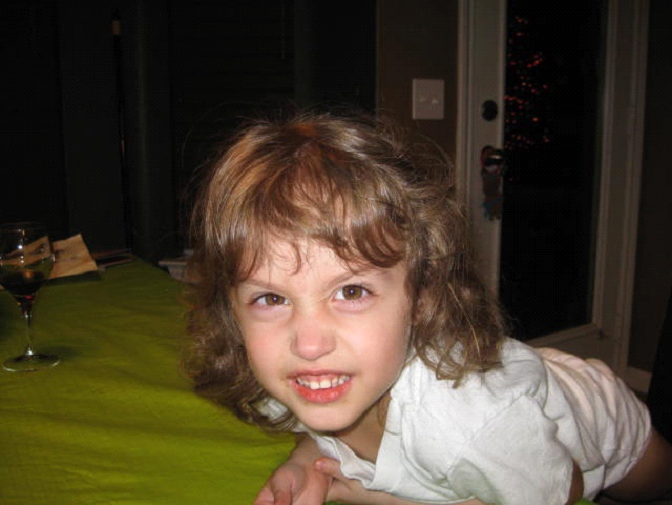

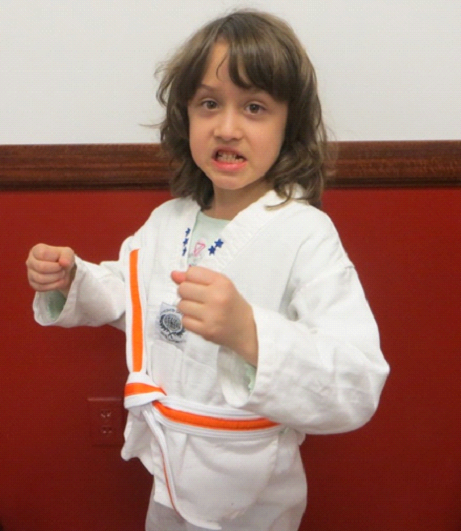
Comments